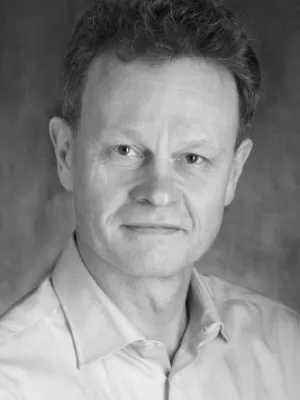
Anders Irbäck
Professor

Protein folding in the absence of a clear free-energy barrier
Author
Summary, in English
Department/s
- Computational Biology and Biological Physics - Undergoing reorganization
Publishing year
2003
Language
English
Pages
4867-4878
Publication/Series
Acta Physica Polonica. Series B: Elementary Particle Physics, Nuclear Physics, Statistical Physics, Theory of Relativity, Field Theory
Volume
34
Issue
10
Links
Document type
Journal article
Publisher
Jagellonian University, Cracow, Poland
Topic
- Biophysics
Status
Published
ISBN/ISSN/Other
- ISSN: 0587-4254